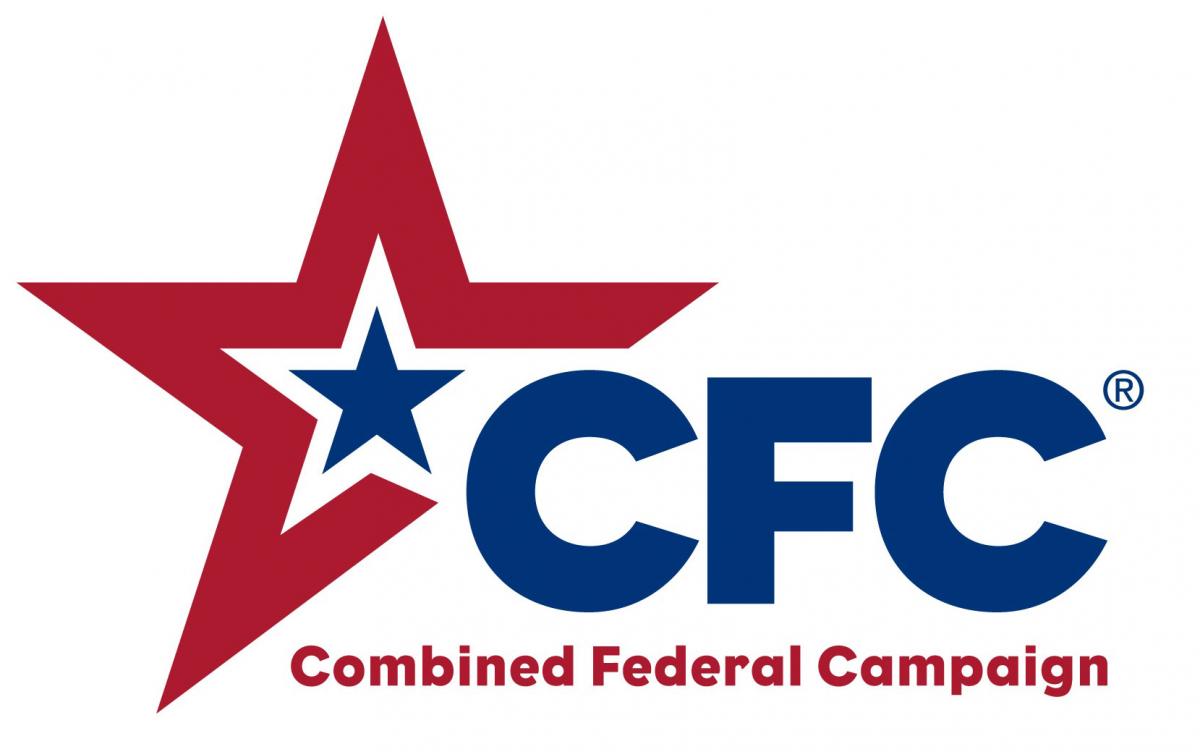The Unlawful Presence Bars: Do They Continue to Run After Reentry to the United States?
Last Updated
Perhaps you have encountered a client with this set of facts: he or she accrued more than one year of unlawful presence, departed the United States thus triggering the ten-year bar, but was later readmitted. Now he or she is ready to immigrate. Did the ten years continue to run after the reentry or must that time be spent outside the United States? The answer will determine whether the client needs to file a waiver for unlawful presence at the adjustment of status or immigrant visa stage. If the ten years continued to run while the applicant was within the United States and it has now elapsed, practitioners have been arguing — with varying success — that the applicant does not need to file an unlawful presence waiver. Unfortunately, the Service and the administrative appellate body have failed to articulate an official or even consistent interpretation. This article attempts to spell out the arguments and summarize the current decisions.
Statutory Language
The statute makes an applicant who has accrued more than 180 days of unlawful presence but less than one year and who has voluntarily departed the United States inadmissible for a three-year period from the date of “departure or removal.” INA § 212(a)(9)(B)(i)(I). It makes an applicant who has accrued one year or more of unlawful presence and who departs inadmissible for a ten-year period. INA § 212(a)(9)(B)(i)(II). A waiver is available for those applicants who can establish extreme hardship to a qualifying relative, defined as a U.S. citizen or lawful permanent resident (LPR), spouse, or parent. INA § 212(a)(9)(B)(v).
The statute is silent on where the three or ten years must be spent; can it be spent inside the United States or must it be spent outside?
Practical Considerations
Given that the three- or ten-year period begins upon departure, those seeking to reenter the United States legally as nonimmigrants would need to be either paroled into the United States pursuant to INA § 212(d)(5) or granted a waiver under INA § 212(d)(3)(A). This waiver is filed on Form I-192 and adjudicated by the consular post or Customs and Border Protection. The factors to be considered in deciding whether to grant the waiver include the nature and date of the offence, possible rehabilitation of the applicant's character, and the necessity for, or urgency of, the applicant's proposed trip to the United States. 9 FAM 305.3-11(B).
If the applicant triggered the ten-year unlawful presence bar and reentered the United States within that ten-year period “without being admitted,” he or she would have triggered the “permanent bar” under INA § 212(a)(9)(C)(i)(I). They would be inadmissible until they had departed the United States, remained abroad for ten years, and then been granted a “waiver” (consent to reapply) filed on Form I-212. INA § 212(a)(9)(C)(ii).
Therefore, the question of whether the three- or ten-year period must be spent abroad would apply only in one of the following circumstances:
- The applicant triggered the three-year bar and returned illegally to the United States within that three-year period;
- The applicant triggered the three- or the ten-year bar and was subsequently inspected and admitted to the United States within that three- or ten-year period; or
- The applicant triggered the three- or the ten-year bar and was subsequently paroled into the United States within that three- or ten-year period.
Note that some applicants who were subsequently inspected and admitted may have reentered the United States by using a previously issued nonimmigrant visa. Some may have reentered through fraud or misrepresentation, which is a separate ground of inadmissibility. Others may have obtained a formal nonimmigrant waiver, which would not waive the unlawful presence bar at the adjustment of status or immigrant visa stage.
USCIS Policy
The agency has never set forth the eligibility requirements for the unlawful presence waiver in either the Adjudicator’s Field Manual or the USCIS Policy Manual. As a result, the agency does not have any official position on whether the three- or ten-year period for unlawful presence must be spent outside the United States after it has been triggered by a departure.
However, in an opinion letter from the USCIS Office of the Chief Counsel dated July 14, 2006, the agency stated that: “The inadmissibility period continues to run…if the alien is paroled into the United States or is lawfully admitted as a nonimmigrant under section 212(d)(3), despite his or her inadmissibility under section 212(a)(9)(B).” The letter clarified that the three- or ten-year inadmissibility period would not continue to run within the United States for “any alien already subject to a section 212(a)(9) bar who subsequently enters the United States unlawfully,” or for one who “enters lawfully (such as a parolee or temporary nonimmigrant under section 212(d){3)) and remains beyond such authorization.” Therefore, if the person entered lawfully or was paroled within the three- or ten-year period, the time would continue to run while the person was within the United States but only for the period allowed at the time of admission or parole, unless extended. After that, “he may trigger a new. or extend an existing 212(a)(9) inadmissibility bar upon departure.”
In a subsequent opinion letter from the chief counsel dated Jan. 6, 2009, the agency repeated its conclusion that the inadmissibility period continues to run within the United States for a person lawfully admitted as a nonimmigrant or paroled under section 212(d)(3), despite his or her inadmissibility under section 212(a)(9)(B). But it added that “this interpretation will not aid an alien who returns to or remains in the United States unlawfully.”
In at least one USCIS district director decision, the agency tried to draw an analogy to INA § 212(a)(9)(A) and the bars for persons who are subject to a deportation or removal order. Those applicants are inadmissible until they have remained outside of the United States for the necessary time period after the date of deportation or removal. The agency cites to a regulation that states that an applicant who has “been deported or removed from the United States and is applying for a visa, admission to the United States, or adjustment of status, must present proof that he or she has remained outside of the United States for the time period required for re-entry after deportation or removal.” 8 CFR § 212.2(a).
The agency notes that the “waiver” for both 212(a)(9)(A) and (B) uses the same statutory language—"again seeks admission within”—and should be given the same definition. Because the ground of inadmissibility set forth in INA § 212(a)(9)(A) predates the 1996 statutory change that added INA § 212(a)(9)(B), and it was settled interpretation that the five- or twenty-year period must be spent abroad, the district director argued, the same interpretation should apply to those subject to the unlawful presence bars. It cites caselaw applying general principles of legislative intent.
The regulation cited also clarifies that readmission as a nonimmigrant who was subject to the bars under 212(a)(9)(A) would not “interrupt the five or twenty consecutive year absence requirement” if the person reentered after being granted a “waiver” under INA § 212(d)(3). 8 § CFR 212.2(a). Hence, a nonimmigrant’s reentry without first obtaining a waiver would interrupt the running of the necessary time period, and any time spent inside the United States would toll its running. The Service is applying that same principle to those subject to the unlawful presence bar who reenter as a nonimmigrant without first being granted a 212(d)(3) waiver.
This reasoning falls apart, however, because the 1996 law wiped out the prior ground of inadmissibility for those who had been “excluded” or “deported” and introduced whole new concepts in INA § 212(a)(9), such as removal, expedited removal, a ten-year bar, and replaced the concept of “excludability” with “inadmissibility.” Any administrative interpretations of the prior statutory provision would therefore be inapplicable.
Nor does the current regulation cited by the district director even govern this section of the law. As the BIA found in In Re Torres-Garcia, 23 I&N Dec. 866, 874 (BIA 2006):
- the language, structure, and regulatory history of 8 CFR § 212.2 make clear, the regulation was not promulgated to implement current section 212(a)(9) of the Act. Instead, it was published in response to significant legislative changes brought about by the Immigration Act of 1990.
The law that existed prior to the 1996 change was enacted in 1990 and imposed a five-year bar on “excluded” aliens and a 20-year period for those convicted of an aggravated felony. Current INA § 212(a)(9)(A)(ii)(II) imposes a five-year bar for those subject to expedited removal, a ten-year inadmissibility period for those ordered removed by an immigration judge, and renders those convicted of aggravated felonies inadmissible permanently.
Administrative Caselaw
USCIS Decisions
In a 2014 unpublished BIA decision, the Board held that an adjustment applicant who had triggered the ten-year bar under 212(a)(9)(A) for prior removal and who had been readmitted during that period through misrepresentation did not need to file an I-212 waiver since the ten years had continued to run while he was in the United States. The Board found that “there is nothing in the Act to indicate that the ten-year period between the time of removal and the time of seeking admission need be spent outside the United States. While there is an exception to section 212(a)(2)(A)(ii) that suggests that those who seek admission to the United States within the 10-year period must apply for such admission from outside of the United States, the exception does not apply to the respondent who is applying more than 10 years after his removal.” The Board drew a distinction between 212(a)9)(A) inadmissibility, which does not indicate that the running of the time period must be spent outside the United States, as opposed to that for 212(a)9)(C)(i)(I) inadmissibility, which does include that mandate before being eligible for a waiver.
In probably the clearest repudiation of the USCIS’s position, the BIA found that section 212(a)(9)(B) did not require that the three-year period be spent outside the United States even for someone who had returned illegally. Jose Armando Cruz, A087-241-021 (April 9, 2014). In an unpublished decision, it held that a person who had triggered the three-year bar, returned to the United States without inspection 18 months later, and applied for adjustment more than three years after his departure was not inadmissible because the three years had already run.
It held that section 212(a)(9)(B) “has always been understood in our precedents as creating temporary 3- and 10-year bars (in sections 212(a)(9)(B)(i)(I) and (II) of the Act, respectively) to an alien's admissibility following his departure from the United States after having been unlawfully present for (respectively) more than 180 days, or 1 year or more.,” as opposed to section 212(a)(9)(C), which creates a “permanent bar.”
It held that an applicant for adjustment is “seeking admission,” as distinguished from the those who entered the country illegally and “sought admission.” The section 212(a)(9)(B) bars only attach to a person who has departed “and again seeks admission” within the relevant period. According to the BIA, Congress understood the difference in these terms because it employed the latter when it created the misrepresentation ground of inadmissibility for those who “seek or have sought” a visa. To apply the unlawful presence bars to those who returned to the United States by virtue of their reentering illegally within the three- or ten-year period would be to create a “permanent bar,” which Congress did not intend. “It is the alien's unlawful presence followed by his departure from the United States that gives rise to the (temporary) ground of inadmissibility and not the very act of returning to the United States during the period in which the bar applies.”
Four years later the Board reached the same conclusion based on the same reasoning in another unpublished decision with similar facts: the adjustment applicant had triggered the three-year bar, returned illegally within that three-year period, and applied for adjustment more than three years later. Jose Tapia-Cervantes, A208-939-645 (Dec. 21, 2018). The BIA held that the applicant did not need to file a waiver since the three-year time period had already run. “In view of that ambiguous language, together with the light cast on the meaning of this language by the authorities and legislative history cited herein, we conclude that section 212(a)(9)(B) of the Act creates a temporary bar to admissibility. Accordingly, we are persuaded by the respondent's argument that he sought admission more than 3 years after the expiration of his inadmissibility period that commenced with his return to Mexico in March 2006.”
Nevertheless, in one USCIS decision entered on December 5, 2017, the district director found that an applicant who had triggered the ten-year unlawful presence bar but returned months later on the visa waiver program had not satisfied the ten-year bar since he had not first obtained a nonimmigrant waiver. The district director, in finding that the ten-year bar had not run while the applicant was present in the United States, found that “although your return was a procedurally regular ‘admission’ pursuant to Matter of Quilantan, I&N Dec. 285 (BIA), it was not substantively lawful in view of the existing unlawful presence ground of inadmissibility.”
Conclusion
Given the lack of any published Board decision stating the agency’s interpretation on this issue, practitioners should continue to argue that clients who have departed and triggered the three- or ten-year unlawful presence bar do not have to spend that period outside the United States. This argument is strongest for those who were readmitted or paroled, and the Service would seem to agree, at least for that period of time the person was allotted. But even those who triggered the three-year bar and returned illegally would be able to rely on unpublished BIA decisions finding that the period of inadmissibility continues to run regardless of how the person returned. Given the lack of administrative appeal of adjustment of status denials, most client would elect to file an unlawful presence waiver rather than stand on principle. But if the waiver is denied and the client is placed into removal proceedings, there may be limited options.





